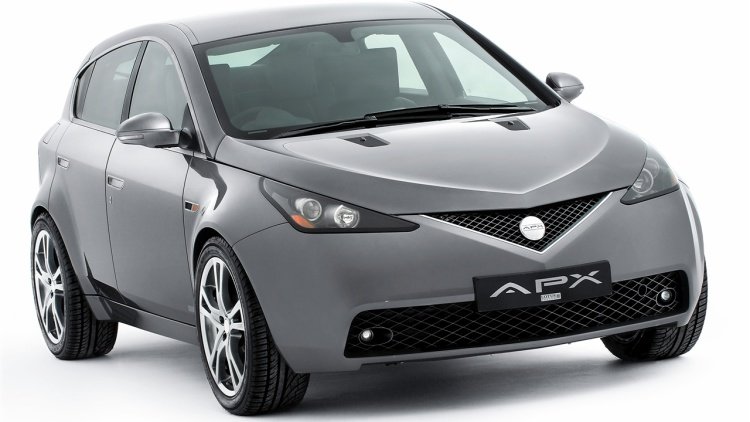Lotus to Produce New Crossover in China

That's because the market for C-segment compact crossovers in China is huge. So big that it's impossible for Lotus to ignore. Porsche is reportedly selling 30,000 Macans in China alone each year, and is expected to reach 50,000 per annum there in the near future.
"Six million SUVs will be sold in China this year, and more than half of those are C-segment models," Lotus chief Jean-Marc Gales told Autocar. "That figure is forecast to rise to eight million in four years. C-segment SUV sales alone will be bigger than the entire German market." Little wonder, then, that Lotus and Proton are keen to dive in.
Technical details for the new Lotus crossover are still being worked out, but we'll likely be looking at a steel monocoque chassis clad in composite and aluminum body panels, riding lower than a Macan and weighing a good 400-500 pounds less. Power will likely come (at least initially) from the same 1.8-liter four and 3.5-liter V6 that power Lotus' sports cars, but driving all four wheels. A hybrid system could follow, and the finished product is likely to adopt a nameplate starting with the letter E – in the grand tradition of the Elise, Exige, Evora, Esprit, Europa, Elan, et al. According to Gales, "Our car will drive beautifully. It will be supple and comfortable but the emphasis will be on handling. It will be the lightest and fastest of its class on the track."
This would be the first crossover Lotus would design, engineer and actually bring to market, but not, strictly speaking, the first time it has toyed with the idea. There was the APX concept (pictured here) it showcased in 2006 and the T5 that Proton essentially licensed Chinese automaker Youngman to build with Lotus' name on it. But the former was never put into production and the latter wasn't a proper Lotus.
The design is currently being worked out before a prototype can be put together so that the joint venture can get the manufacturing license it needs from the Chinese government. So we're likely looking at another year or two before we see something solid. "Let's get the design right, then make a prototype," said Gales. "Let's make it beautiful and very light. Then we'll have an SUV like nothing else in the world."
The bigger question is whether the finished product will ever be exported outside of China. Other Asian markets would likely be the first step, but the UK and Europe is another question – as is the prospect of bringing the crossover to the North American market.
Related News


